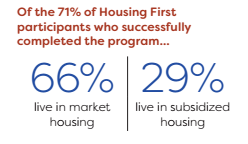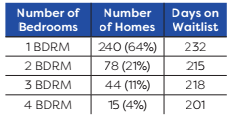About this report:
Through this report, we hope to provide a fact based, well-rounded view of the overall vitality of our community. It is our hope that Vital Signs® 2016 will help the reader to discover what issues in the community are of greatest need and what strengths we must continue to support. The Community Foundation’s personal goals with this project are to increase efectiveness of our grant making, better inform our donors about issues and opportunities in the community, and assist us in making connections between individuals and groups to address current issues. We would also hope that the information within Vital Signs® 2016 is helpful to a wide range of organizations and people for a large variety of uses. It is our desire to share this community knowledge, to encourage community discussions, to evoke response and diverse opinions, and ultimately to foster the best possible decision making for the benefit of our community.
Medicine Hat’s Vital Signs® 2016 combines information from a wide variety of credible and reliable sources. This is not new information created from surveys or studies undertaken by the Community Foundation, but rather a collection of statistical data taken from a large number of sources and presented in a single report. We started with consultations with a number of institutions and organizations to provide feedback and guidance. Research was then collected from existing data and analyzed or summarized to provide an overview of the community. Data was collected from mostly local, but also some provincial and national sources. Data was then selected based on the following specifications: • As current, relevant and frequently updated as possible • Straightforward and understandable • Quantifiably measurable • Ease of collection Indicators were then formed to compare the health and vitality of our community. Data collected could only be turned into an indicator if it had the ability to be compared over time and/ or with other communities.
Indicators were selected based on the following guidelines:
• Perceived public interest
• Well-defined and measurable
• Availability of data
• Relevancy of data
• Potential to inspire action
HOUSING
Social and Affordable Housing
Housing First Initiative
A total of 1,013 unique individuals have been housed and provided appropriate supports in Medicine Hat since the start of the Housing First initiatives (April 1, 2009).
Social and Affordable Housing as of August 2016
The total number of households waitlisted and average number of days they have been on the current waitlist by unit size is as follows:
It is important to note the the days on waitlist means how long they have been waiting since they have been approved - they have not been ofered a unit or subsidy at this point.
WEALTH & POVERTY
Food First Pilot Project
How do you transform reliance into independence?
The Medicine Hat and District Food Bank is working towards this through the “Food First” pilot program launched in Sept. 2015, with the help of Community Food Connections and a Vital Impact Grant from the Community Foundation of Southeastern Alberta. Focusing on food security and a holistic, client-centred approach, 11 families were recruited. They were each given a crockpot and deep freeze, and throughout the year participated in monthly community kitchens, planting and maintaining garden space, and examining core issues that lead to their poverty. The pilot involved many people — crockpots were donated by the late Dr. Tim Clugston, the deep freezers by Starks Plumbing, while Joanne Smith and the CFC organized ingredients for the community kitchens and provided volunteers and mentors. Families learned about food safety, preparation, preservation, kitchen hygiene, food labels, whole foods, meal planning, budgeting and more. Tangible results have already been seen, including changes to food bank use. The biggest surprise is how the families connected with each other over the small things like making the perfectly spiced chilli, to even larger issues such as money management, grief, loss and domestic violence. The project gave these families the chance to see food security in a diferent light. The next step is creating more community kitchens for more food bank clients. The food bank has also established a “Tim Clugston Crockpot Fund,” in memory of the local doctor who believed in the project, but passed away before seeing it completed.




